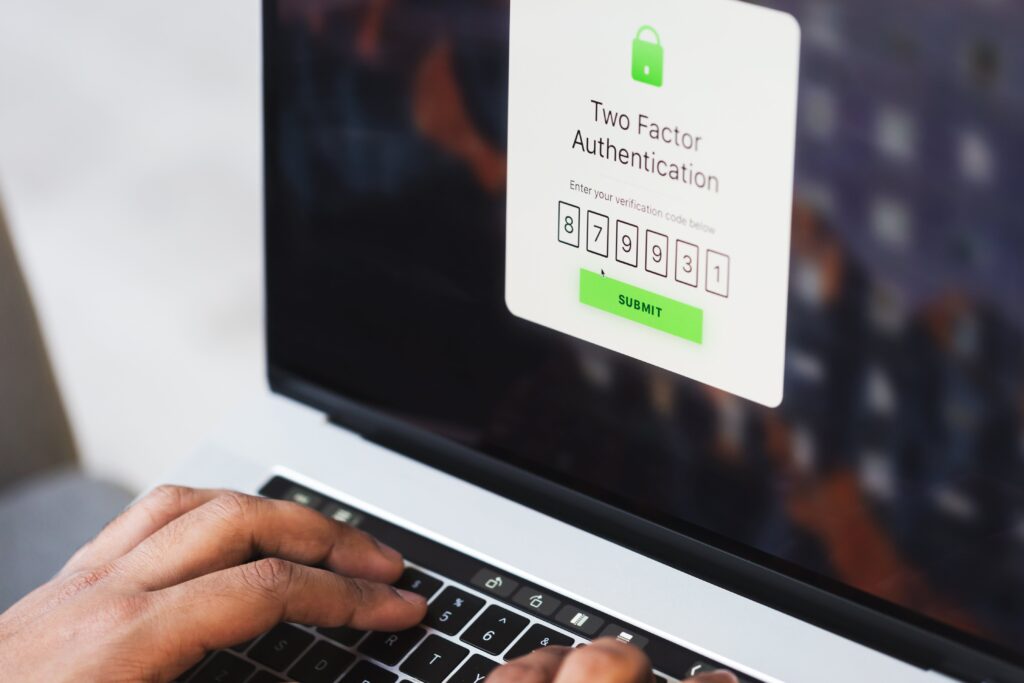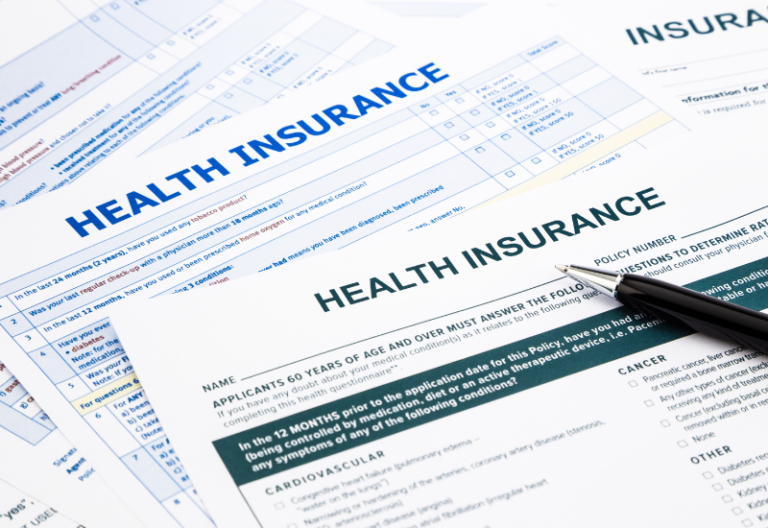Understanding HIPAA and all its components is no small feat. You need to dedicate a considerable amount of time and effort to fully get the grasp of it and its many facets.
It might seem like a daunting task, but it’s one that needs to be done, especially if you manage and deal with PHI (protected health information) and other highly sensitive data on a regular basis. Having a clear understanding of HIPAA compliance not only protects your organization but more importantly, also protects your clients’ welfare.
In this guide, we’ll cover the most important things to know about HIPAA compliance.
To save time, you may also jump right into our free HIPAA audit checklist.
Table of Contents
- What is HIPAA compliance?
- What are the 5 steps towards HIPAA compliance?
- What are the 3 rules of HIPAA?
- What are the 4 HIPAA standards?
- What are the 10 most common HIPAA violations?
- How do you get HIPAA compliance?

What is HIPAA compliance?
The very first item on our HIPAA compliance checklist is to define what constitutes HIPAA compliance.
In 1996, the Health insurance Portability and Accountability Act, originally known as the Kennedy-Kassebaum Bill, was legislated in an effort to streamline the movement of medical records from one healthcare entity to another. In turn, it then set security standards for storing, accessing, and sharing vital health records and information.
In that light, in order to be compliant with HIPAA’s guidelines and rules, you need to do the necessary measures to ensure the safety and security of personal data, especially when you’re transmitting it from one organization to another.
What are the 5 steps towards HIPAA compliance?
Violating HIPAA rules and regulations can cost your organization a lot of money. The fines and penalties range from a few hundred dollars to thousands of dollars depending on the gravity of the violation. That being said, it’s important that every single one of your employees must adhere to the guidelines.
To simplify, next on our HIPAA compliance checklist are the five basic steps to help you with HIPAA compliance:
1. Appoint a HIPAA privacy and security officer
Choose among your employees to champion HIPAA compliance for the rest of your organization. One major responsibility that this role entails is to know the guidelines like the back of their hands. Be sure to get this person proper HIPAA training and maybe a certification as well.
Your privacy and security officer should also oversee how all the data are being handled and transmitted to make sure that they are done according to your policies and HIPAA guidelines. As champion, this chosen individual has to enforce all your privacy policies throughout your entire organization.
2.Conduct HIPAA training for all your employees
HIPAA and the HHS require all organizations to periodically conduct HIPAA training for all employees. Make sure to include this in your calendar of activities.
It should be your goal to acquaint everyone in your company with HIPAA and all of its many components. Doing short refresher courses now and again is highly advised to promote better retention as well as to update your employees on changes in some of the policies.
There are plenty of free resources you can find online to help you with this. Some are even free, so take advantage of them!
3. Develop and enforce HIPAA policies and procedures
An effective way to get your people acquainted with HIPAA guidelines is to create and develop policies that are easy to understand and easy to follow. You may create your very own HIPAA compliance checklist as well so your policies are easy to remember.
You and your privacy and security officer can collaborate on this together.

4. Analyze the current state of your HIPAA compliance by completing a security risk analysis (SRA)
Another important tip we will impart to you on this HIPAA compliance checklist is this: One of the best ways to improve your measures on maintaining HIPAA compliance is to regularly conduct an SRA. This can give you a better understanding of the current state of your HIPAA compliance policies.
Try to figure out which of your policies have loopholes and work to improve them. For instance, you can do a quick inspection of the area where you keep all your files and see whether there are any security issues and problems you need to address.
Doing a routine check on the software you are using to manage data should be done regularly as well to ensure that you have all the necessary security measures that can prevent any type of breaches and hacks.
Doing an SRA lets you know about the vulnerabilities in your security measures. It also allows you to see the risks and threats you are dealing with, and this can aid you in working out a better, more robust security measure.
5. Create a contingency plan for potential breaches
The truth of the matter is, no matter how much you train your employees and no matter how iron-clad your policies may seem, you can never fully eliminate the risk of breaches.
So devise a contingency plan for when that actually happens. You need to have protocols on how to handle it and what you need to do when someone does violate HIPAA.
What are the 3 rules of HIPAA?
Included in this HIPAA compliance checklist are the three basic rules of HIPAA that you need to familiarize yourself with:
1. The Privacy Rule
This covers which organizations must follow the guidelines set by HIPAA and the HHS. It also discusses what is PHI or protected health information and what data are considered as PHI. It also set the guidelines on how properly share and use the said PHI.
2. The Security Rule
This HIPAA rule aims to set the standards to further protect the PHI, specifically in electronic form. As a part of this HIPAA compliance, you also have to not just protect physical copies of highly sensitive information but also digital ones.
3. The Breach Notification Rule
This rule states that all covered entities must immediately report when cases of breach occur. The organization must notify the affected individuals, the HHS, and maybe even the media if necessary.
Do you want to know more information about the three HIPAA rules? We have an article that discusses this topic in greater detail. You can read it here.
What are the 4 HIPAA standards?
As part of this HIPAA compliance checklist, we would take a look at the 4 HIPAA standards and get to know them.
As far as HIPAA Security Rule Standards and Implementation Specifications are concerned, there are four major sections that help organizations determine security safeguards that help achieve HIPAA compliance: Physical, Administrative, Technical, and Policies, Procedures, and Documentation Requirements.
Every organization has to have a clear understanding of these four standards to help with risk assessment.

What are the 10 most common HIPAA violations?
As we are inching out way towards the last item on this HIPAA compliance checklist, let’s take a look at the most common HIPAA violations that people and organizations commit and some ways you can prevent them.
1. Storing records in an unrestricted area
If you still keep physical copies of PHIs and other important documents, see to it that you have a designated area that is not accessible to unauthorized parties. Strengthen your security measures and limit access to certain individuals.
On the other hand, if you have gone digital with your document management, see to it that the encryptions and software offer very robust protection against any possible hackers or breaches.
It’s also ideal to keep a log so you’ll have a record of who had access to what documents.
2. Lack of HIPAA training among employees
As you may already know, ignorance of the law excuses no one. And in the case of HIPAA compliance, being unfamiliar with the guidelines does not excuse you or your employees from facing the consequences of any violations.
Invest in periodically training your employees. Also, make sure they know all the basics to remain HIPAA compliant.
3. Improper disposal of records
According to the US Department of Health and Human Services, paper records containing PHI should be disposed of by either shredding, burning, pulping, or pulverizing so the details are unreadable, undecipherable, and cannot be reconstructed.
For digital copies, you can do so by degaussing, destroying the electronic where the PHIs are stored, or by securely wiping the software.
It’s extremely important to include in your policies and HIPAA compliance checklist to set up a protocol for record disposal. Orient your employees on what the proper way of disposal is. Also, set a certain schedule for when you’ll dispose of said confidential documents.
4. Unauthorized release and access of information
Not to state the obvious but it’s a very serious HIPAA violation to disclose or provide access to highly sensitive information without your clients’ knowledge and consent. You should never release any document to unauthorized persons.
Always make it a practice to ask for an authorization form should a third party request your clients’ information. The authorization form itself has a validity period, so double-check to ensure that it’s still valid.
In cases of doubt, call your client or patient to confirm the request just to be on the safer side.
5. Transmitting documents using an unsecured medium
One of the most important things that you need to look into, especially in terms of document transmission, is to find the perfect medium that can send files safely and securely.
We now live in a technologically advanced world where we are offered a plethora of modern communication tools. However, do note that not all these fancy messaging apps and software are HIPAA compliant.
A trusted and reliable medium that has been around for years is faxing. Of course, just because a medium is safe and HIPAA compliant does not mean you can just start sending faxes without caution. There are still certain guidelines that you need to follow to ensure that you are handling PHI with utmost care.
For a more in-depth guide on HIPAA-compliant faxing, check this article out.

6. Failure to issue breach notifications within the given timeframe
The HIPAA Breach Notification Rule requires organizations to report and issue a notification of breaches within 60 days. If you fail to provide that within the given time frame, you will be penalized.
So in case of breaches, make haste and issue a notification right away. Get in touch with the individual whose details were compromised. You must send the notice via mail. However, if you have previously agreed to a communication line through email, you can also send it electronically.
For a more comprehensive guideline on how to handle breaches, check this out. Be sure to add this to your HIPAA compliance checklist cos it’s very important.
7. Failure to provide patients access to their records within the timeframe
Whenever a client or patient requests access to his or her records, you have to respond to it with utmost urgency. According to the HIPAA Privacy Rule, an organization has to cater to its patients’ requests within 30 days. Otherwise, you would incur another violation.
An effective way to timely provide the records to your clients or patients is through faxing medical records. It’s proven very safe and secure, and it can be done with just a few clicks of a button. To reiterate, always practice precaution to remain HIPAA compliant when faxing documents.
8. Failure to conduct company-wide risk analysis and management
SRA is essential, especially if your organization handles a high volume of PHI. as mentioned above, an SRA enables you to see the vulnerabilities of your current system and gives you an idea of where to strengthen it.
9. Failure to devise solid privacy and security policies
Putting in place a set of guidelines or a HIPAA compliance checklist for your employees encourages them to retain everything they need to know about HIPAA.
10. Loss of devices containing important files
In the same vein as improper disposal of records, losing devices containing important and highly sensitive information is a HIPAA violation. It’s essential that you amp up your security measures to avoid theft and loss.
Aside from that, it’s also recommended that you add to your HIPAA compliance checklist that you set up encryption in your devices so your IT administrators can easily access and wipe all data remotely.
How do you get HIPAA compliance?
Following all the items on this HIPAA compliance checklist mentioned prior can help prevent you from incurring any violations.

Are you looking for a HIPAA-compliant online fax service provider?
For the final item on this HIPAA compliance checklist, you protect your data against malicious threats by making sure that you are transmitting them in a secure manner.
Online faxing is a safe and secure HIPAA-compliant way of sharing files and documents containing PHI. When it comes to online fax service providers, your number one choice should be iFax.
iFax offers one of the most robust and reliably secure business fax services in the market. With their military-grade 256-bit end-to-end encryption, you are always guaranteed a safe and secure document transmission. Best of all, they are HIPAA and GLBA compliant.
So check this item off your HIPAA compliance checklist and download the iFax today!







